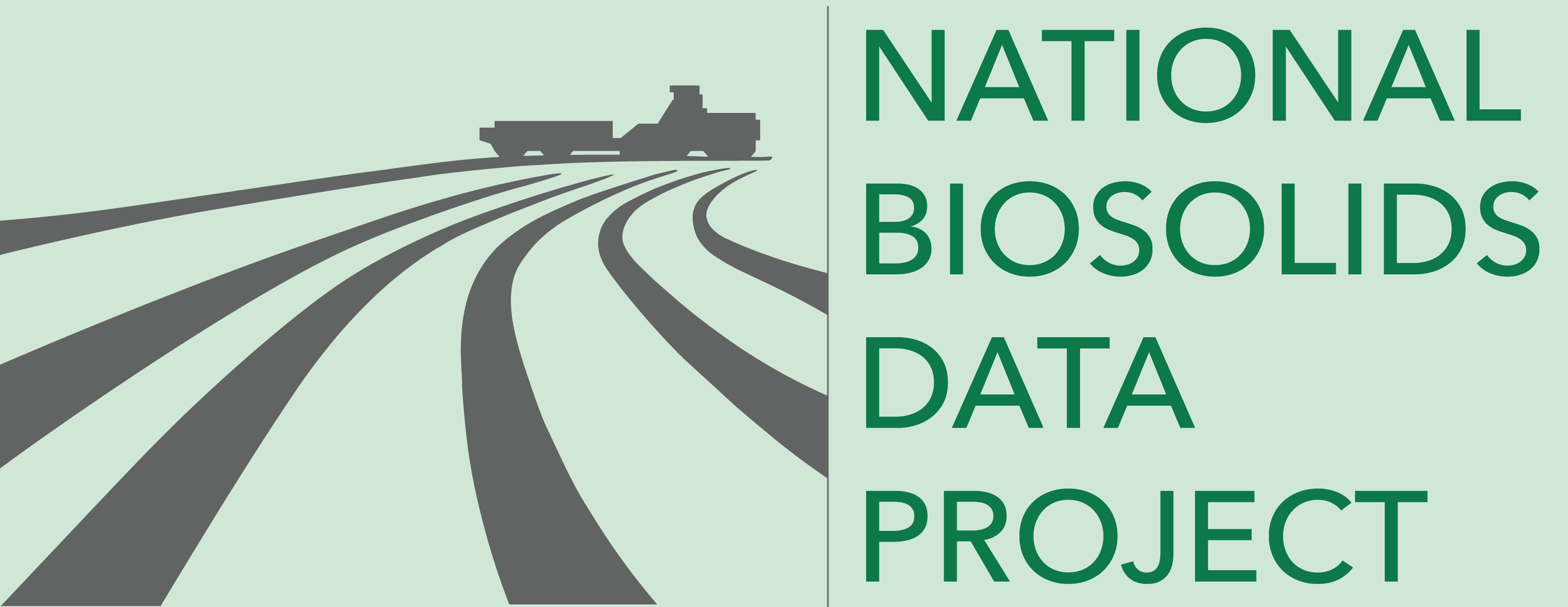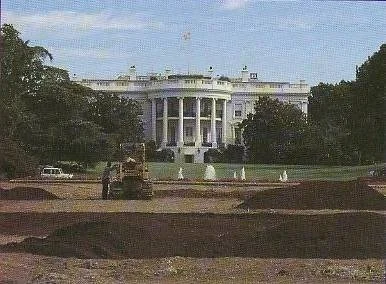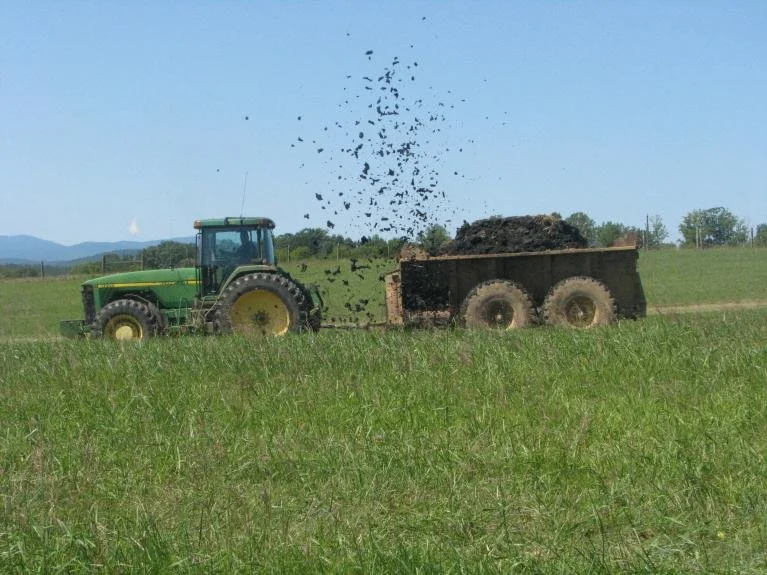State Data
Confidence in data for this state:
MODERATE
2018 data unless noted.
Definitions
Terms used on this website and in data sets are defined & discussed here.
Baltimore Orgro biosolids compost at the White House, before (above) and after (below). Photo courtesy of Eliot Epstein & Orgro.
Biosolids land application. Photo courtesy of NEBRA.
State Statistics Dashboard
State Summary
● The majority of Maryland biosolids are applied to soils (~88%), much as Class A EQ compost or heat dried fertilizer, such as that produced at Baltimore and WSSC Water, outside Washington, DC. Bulk land application occurs on farms around the state and in neighboring Virginia. Some MD biosolids are used for reclamation of marginal and disturbed sites, such as former strip mines in West Virginia.
● Roughly 12% of MD’s wastewater solids are disposed of, largely in landfills, with some surface disposal. There was no incineration of MD biosolids in 2018 – the last occurrence was in 2017.
● Maryland is unique in its governance of wastewater services. Public wastewater management organizations serve multiple local governments and operate multiple water resource recovery facilities (WRRFs): DC Water (which accepts wastewater flow from DC suburbs in MD), WSSC Water (also serving suburbs of DC – formerly Washington Suburban Sanitary Commission), Maryland Environmental Services (an independent State of Maryland agency operating 70 WRRFs across the state). Additionally, many county or super-county organizations provide wastewater and biosolids services.
● The Maryland Department of Environment (MDE) regulates biosolids, issuing Sewage Sludge Utilization (SSU) Permits. Nutrient management is a central focus of MDE, driven by the influence of the multi-state management of pollutant loading to the Chesapeake Bay. All farms are required to have Nutrient Management Plans, and application rates for biosolids (and other organics) are carefully determined based on calculated plant available nutrients.
● Many larger MD WRRFs have embraced advanced biosolids treatment technologies, including anaerobic digestion and biogas capture for renewable energy generation, and thermal hydrolysis.




